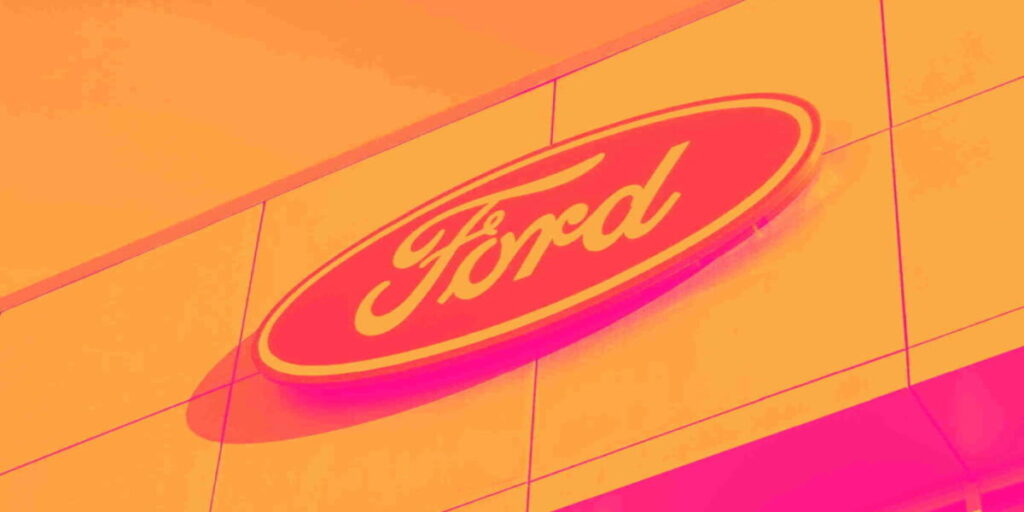Over the past six months, Ford’s stock price fell to $9.31. Shareholders have lost 15.7% of their capital, which is disappointing considering the S&P 500 has climbed by 5.1%. This might have investors contemplating their next move.
Is now the time to buy Ford, or should you be careful about including it in your portfolio? See what our analysts have to say in our full research report, it’s free.
Despite the more favorable entry price, we don’t have much confidence in Ford. Here are three reasons why we avoid F and a stock we’d rather own.
Established to make automobiles accessible to a broader segment of the population, Ford (NYSE:F) designs, manufactures, and sells a variety of automobiles, trucks, and electric vehicles.
Revenue growth can be broken down into changes in price and volume (the number of units sold). While both are important, volume is the lifeblood of a successful Automobile Manufacturing company because there’s a ceiling to what customers will pay.
Ford’s vehicles sold came in at 1.19 million in the latest quarter, and over the last two years, averaged 2.9% year-on-year growth. This performance was underwhelming and suggests it might have to lower prices or invest in product improvements to accelerate growth, factors that can hinder near-term profitability.
If you’ve followed StockStory for a while, you know we emphasize free cash flow. Why, you ask? We believe that in the end, cash is king, and you can’t use accounting profits to pay the bills.
As you can see below, Ford’s margin dropped by 10.9 percentage points over the last five years. This along with its unexciting margin put the company in a tough spot, and shareholders are likely hoping it can reverse course. If the trend continues, it could signal it’s becoming a more capital-intensive business. Ford’s free cash flow margin for the trailing 12 months was 3.6%.
Debt is a tool that can boost company returns but presents risks if used irresponsibly. As long-term investors, we aim to avoid companies taking excessive advantage of this instrument because it could lead to insolvency.
Ford’s $158.5 billion of debt exceeds the $38.35 billion of cash on its balance sheet. Furthermore, its 7× net-debt-to-EBITDA ratio (based on its EBITDA of $16.08 billion over the last 12 months) shows the company is overleveraged.
At this level of debt, incremental borrowing becomes increasingly expensive and credit agencies could downgrade the company’s rating if profitability falls. Ford could also be backed into a corner if the market turns unexpectedly – a situation we seek to avoid as investors in high-quality companies.
Story Continues


